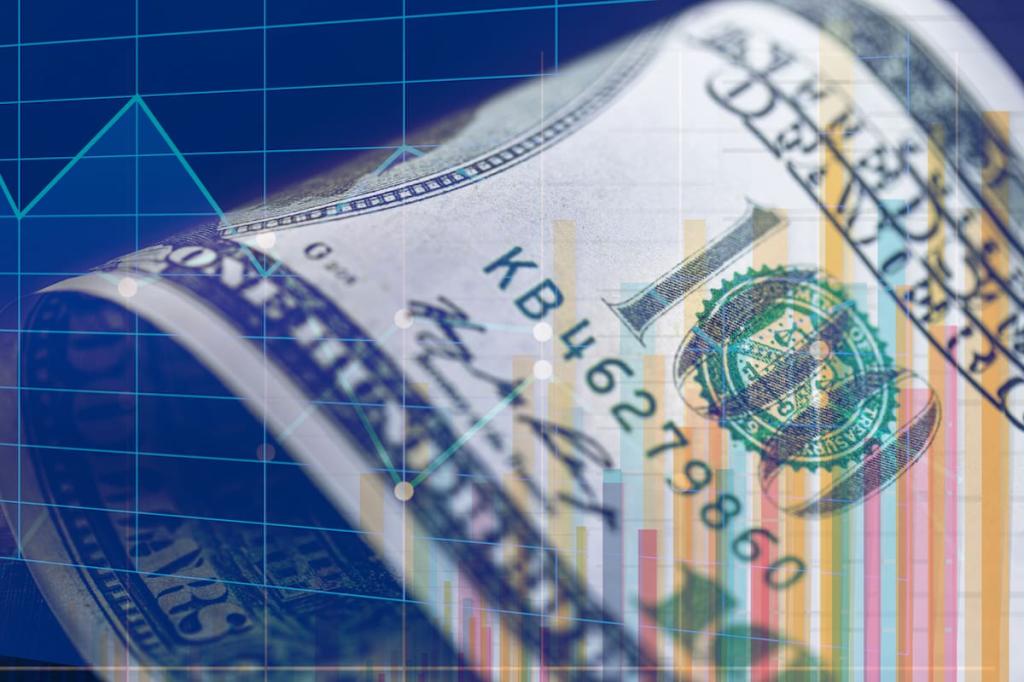Understanding Argentina's Blue Dollar Rates and Their Impact
Discover how Argentina's blue dollar rates influence the economy and what it means for businesses and individuals navigating currency fluctuations.

Key Points
- The blue dollar rate in Argentina
currently stands at $1220 for purchase, reflecting a 15% increase over the past year.
- A significant gap of 17% exists between the blue dollar and the official dollar, highlighting economic pressures and market fluctuations.
- Understanding blue dollar dynamics is crucial for individuals and businesses, affecting their financial decisions and navigating currency challenges.
The blue dollar rate has become a focal point for many who are keen to understand Argentina's complex economic framework. As of February 26, 2025, the blue dollar rates stand at $1220 for purchase and $1240 for sale. This presents a compelling picture of currency fluctuations that go deeper than mere numbers; they reflect broader economic sentiments, governmental policies, and market reactions. Delving into this topic not only sheds light on foreign exchange but also offers valuable insights into the socio-economic fabric of Argentina.
The Fluctuating Blue Dollar Rate
Over the past month, the blue dollar has shown a 1% increase from January's figures, highlighting an ongoing upward trend that has characterized the last year. In 2025 alone, the blue dollar rates have risen by 15% when compared to 2024. These numbers emphasize a growing cycle of inflation and a persistent gap between the blue dollar and the official dollar, which is currently priced at approximately $1041 for purchase and $1081 for sale, according to
.

This 17% disparity between the blue dollar and the official rate is not just a statistical anomaly; it signifies the ongoing currency pressure in Argentina. For individuals and businesses navigating this economic landscape, understanding the implications of this gap is crucial. The blue dollar is predominantly traded in the black market, making it an essential lifeline for those needing access to foreign currencies without going through the official channels.
Understanding the Blue Dollar
The blue dollar is often labeled as an “informal” currency. But what does that mean? Essentially, this dollar is not accessible through banks or authorized exchange houses, leaving many who require dollars, including tourists and businesses, with no choice but to turn to this alternative market. The term "blue" is believed to be derived from both its dark market origins and the color associated with counterfeit detection measures used in Argentina.

This phenomenon is exacerbated by Argentina's existing economic conditions, including fluctuating inflation rates, which, as evidenced by current trends, seem to be persistently high. For instance, the dollar card rate, which presents another avenue for acquiring foreign currency, also reflects these discrepancies and serves as a critical metric for gauging foreign exchange viability.
The Economic Implications
The implications of the blue dollar's high rate extend beyond individual purchases; they impact businesses, investments, and national trade. A significant increase in the blue dollar rate can deter foreign investment and affect inflation rates, making local products increasingly expensive in comparison to imported goods. Thus, businesses face arduous circumstances in balancing profit margins with the need to keep prices competitive.
The upward pressure on the blue dollar is a clear indicator of market sentiment amidst ongoing economic challenges. This is a reminder for policymakers and economists alike; greater stability in currency exchange could derive from transparent economic policies and stronger fiscal governance.
In summary, the blue dollar rates reflect much more than a mere financial statistic. They encapsulate the ongoing economic challenges faced by Argentina and the critical need for systematic solutions. With blue dollar rates currently poised at significant levels, it is essential that Argentinians continue to engage with currency fluctuations, ensuring that they remain informed and prepared for what lies ahead. By understanding these dynamics, citizens can better navigate their financial futures, ultimately contributing to a more robust economy.


